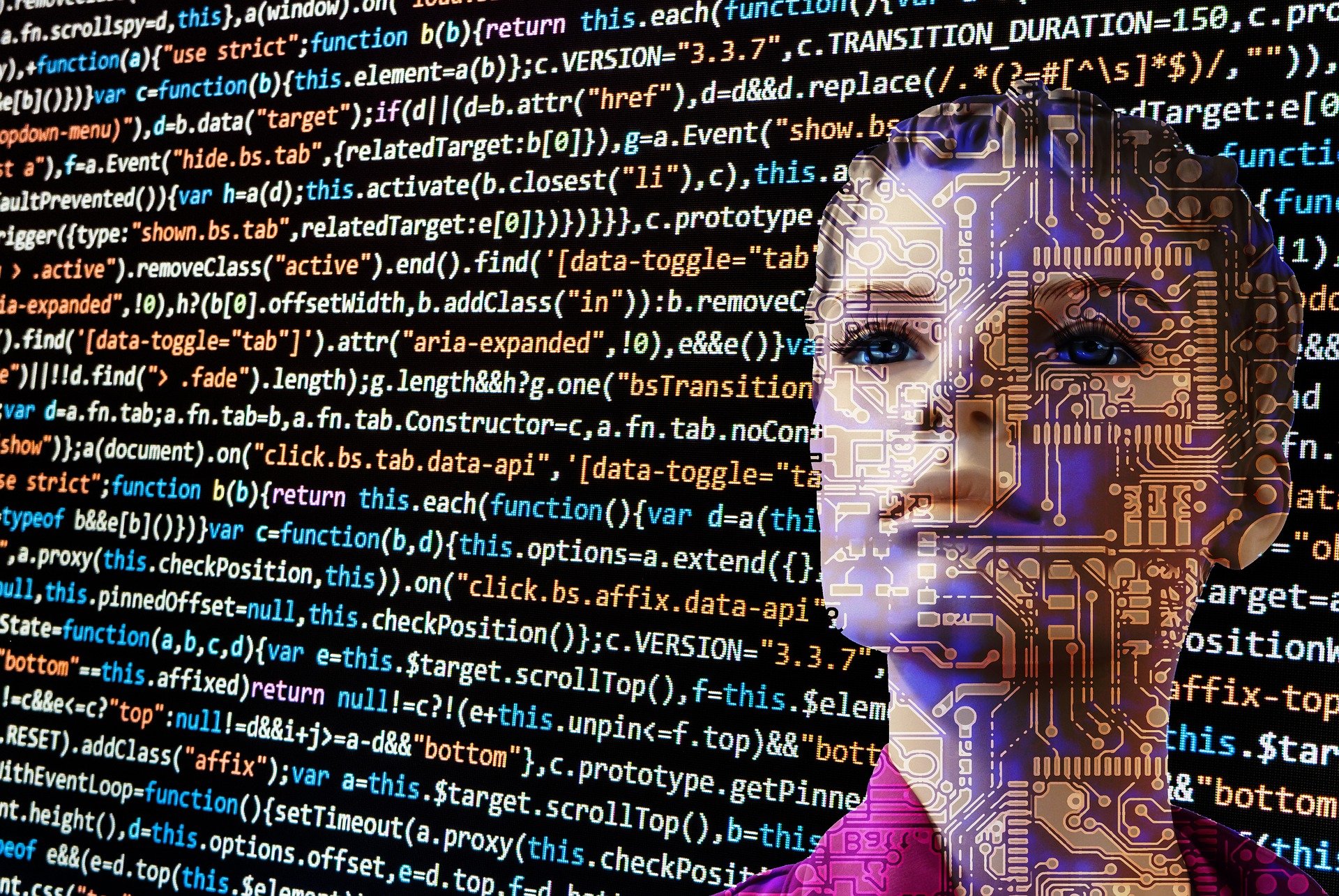
AI (Artificial Intelligence)
Building an AI (Artificial Intelligence) is complicated, but understanding what it consists of does not have to be. To do this, in this article we are going to explain what AI, Machine Learning, and Deep Learning are, as well as the differences between them.
Most existing AIs are actually computers designed to solve problems, or rather to make predictions based on the data it has (like the human brain). You enter a bunch of data (like the numbers 1 to 10) and ask it to make a model (X + 1 starting at 0), and Artificial Intelligence makes a prediction. It’s not magic, just use the data you have to guess what’s going to happen next.
AI (Artificial Intelligence)
The broadest possible definition of what Artificial Intelligence is is simply that it is a machine capable of thinking like a human being. It can be as simple as following a logical flow diagram, or it can be a near-human computer that is capable of learning a lot of sensory inputs and applying that knowledge to new situations. This last part is the key, in fact: the “strongest” AI that everyone imagines is one that can connect all the data learned to have the ability to handle any situation.
Right now, AI is still pretty far from that; for example, Alexa may be a good butler but cannot pass the famous Turing test. We currently have a fairly limited form of Artificial Intelligence, and we’re pretty far from that sci-fi concept from the Terminator movie, Skynet.
ML (Machine Learning)
Without Machine Learning, Artificial Intelligence would simply run long lists of “if X is true do Y or else do Z”. However, this innovation gives computers the power to solve things without having them explicitly programmed. As an example of machine learning, let’s say you want a program to be able to identify cats in images:
Give your AI a set of characteristics of what a cat is like so that it knows how to recognize it. Colors, shapes, etc.
Show him pictures (if any are labeled ‘cat’, the AI will be able to identify them more easily).
Once the program has seen enough cats, it should be able to identify them in other images: “If the image contains X, Y, and Z features, then there is 95% of it being a cat.”
Machine Learning
Although it sounds complicated, it can be summarized as follows: “We humans tell the computer what to look for, and the computer refines the criteria until it has a specific model of what we have asked of it.” It is quite simple, very useful and it is what filters SPAM emails, makes recommendations to you on Netflix, and modifies your activity on Facebook.
DL (Deep Learning)
Since 2018, this is the forefront of Artificial Intelligence. Think of it as machine learning with deep “neural networks” that process data similar to the human brain. The key difference from its predecessor is that humans don’t have to teach the show what cats are like; just give him enough pictures of cats and he will be able to figure it out himself:
Give her lots of pictures of cats.
The algorithm will inspect the photos to see what they have in common (hint: they are cats).
Each photo will be deconstructed at multiple levels of detail, from large, general shapes to small lines. If a shape repeats a lot, the algorithm will label it as an important feature.
After analyzing enough photos, the algorithm will already know how to recognize the patterns that define what a cat is and will be able to identify it in any other scenario.
Deep Learning
In summary: Deep Learning is machine learning, in which the computer is capable of learning by itself (although it goes much further than cats, of course, since currently, machines are already capable of capturing many more parameters within the photos, such as the landscape for example).
Deep Learning requires much more initial data and computing power than Machine Learning, yes, but companies like Facebook or Amazon are already beginning to implement it.






